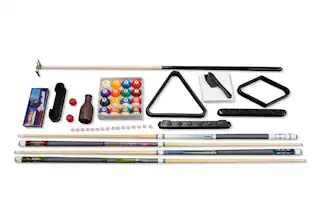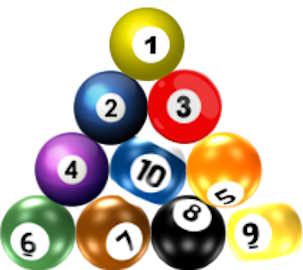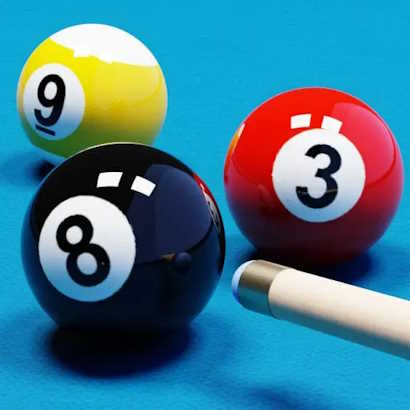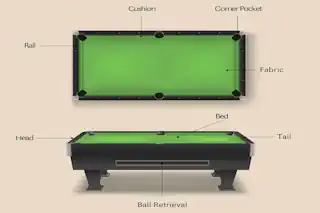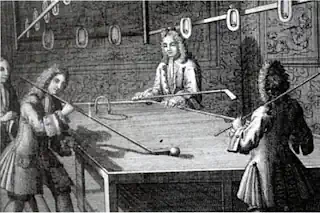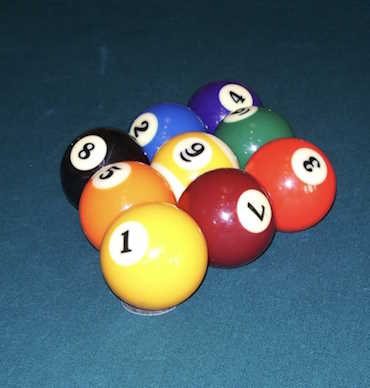Exploring Pool Cues: A Comprehensive Guide for Billiards Enthusiasts
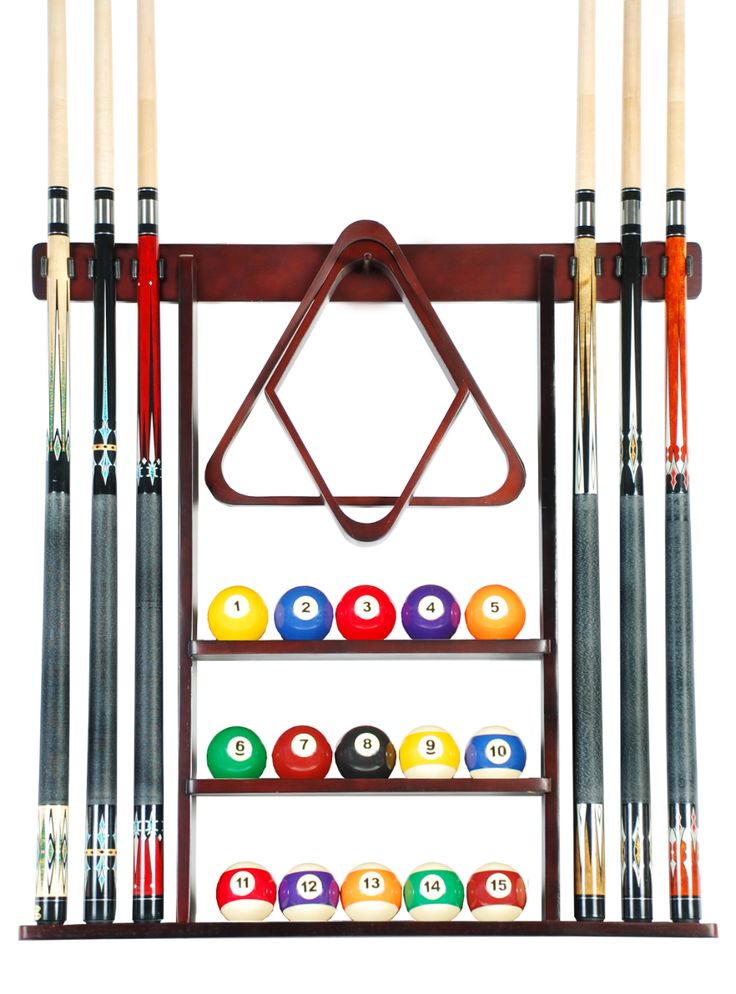
When diving into the world of cue sports, one can liken the cue stick to a conductor’s baton, guiding the intricate dance of balls across the table. Whether you’re a casual player enjoying a game at your local bar or a seasoned professional in the midst of a high-stakes tournament, the importance of the humble cue stick cannot be overstated. Welcome to the ultimate guide to cue sticks, where we’ll break down everything you need to know before you break that rack.
Types of Billiard Cue Sticks: Unveiling the Versatility
Just as different drumsticks produce distinct sounds, cue sticks come in various forms, each designed with a specific purpose in mind.
Break Cues: The Powerhouses of the Game

The name says it all—break cues are engineered for the hard-hitting opening shot. These cue sticks are shorter and heavier, allowing for maximum force transfer to scatter the balls.
Playing Cues: Your Main Weapon

The workhorse of your cue collection, playing cues are versatile and designed for most shots. They strike a balance between power and finesse, often personalized to a player’s style with unique designs or modifications.
Jump Cues: Flying to New Heights
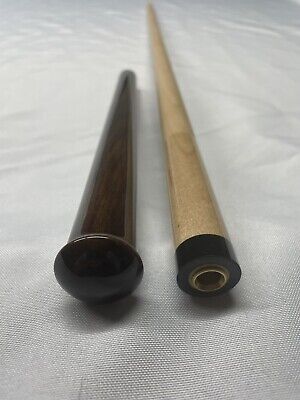
For those tricky shots where you need to vault over an obstacle ball, jump cues feature a shorter shaft with a harder tip for precise elevation without obstructive mass.
Specialty Cues: Fine-Tuned for Extreme Situations
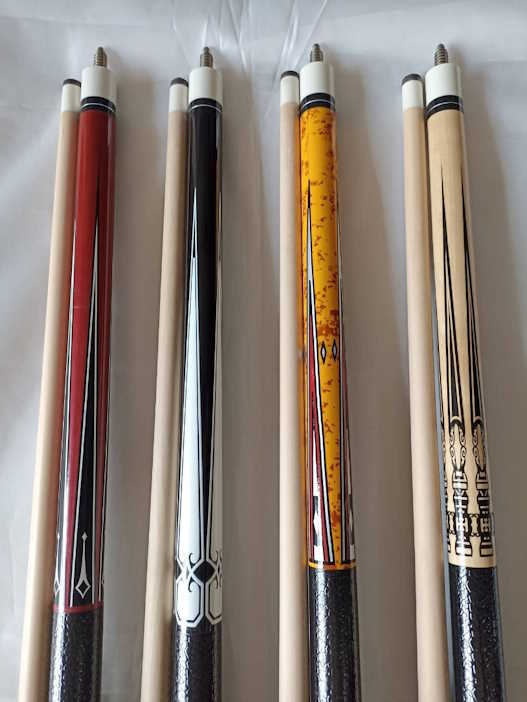
From the venomous venom of the serpent inlays on a cue made for breaking and jumping tricks, to the elegant, yet powerful stroke of a custom shoehorn handle in a tailor-made playing cue, there are cues for every specific need and style in specialty cues.
The Craftsmanship of Cue Stick Construction
Cue sticks are crafted with precision and care, using a variety of materials that can greatly influence their performance and aesthetics.
Traditional Wood Types
Historically, cue sticks were made of materials like maple, ash, and ebony, prized for their durability, aesthetic appeal, and the natural feel they offer players.
Modern Innovations with Composite Materials
In the quest for lighter weight and increased durability, composite cues have integrated materials such as fiberglass and carbon fiber, offering new levels of consistency and power.
Understanding Pool Cue Stick Joints
The joint of a cue stick is where the shaft meets the butt, and different joint types—like wood-to-wood, metal, or quick-release mechanisms—each have their own impact on how a cue plays and feels.
Diving Deeper: Selecting the Perfect Pool Sticks
Choosing the right cue stick is a personal process, and several key factors should influence your decision.
Weight and Balance
The weight distribution and overall feel of a cue can significantly affect your game, so it’s important to find a stick that balances perfectly in your hand.
The Tip’s Role in Performance
The tip is the point of contact with the cue ball and can greatly influence your shot’s spin, power, and accuracy. Materials range from the traditional leather to advanced layered pigskin or phenolic.
Shaft Taper and Diameter
A tapering shaft allows for a more fluid stroke, and the correct diameter can provide better control over your shots, especially for English—the spin you put on the ball.
Length and Wraps for Comfort
The length and wrap material of the cue stick handle are crucial to comfort and consistency. Whether you prefer a longer cue or the grippy feel of a linen or leather wrap, it’s about what feels right to you.
Professional Pool Cues: Elevating Your Game to the Next Level
For the serious billiards player, billiards is a sport where technology, innovation, and practice are critical. Investing in a professional pool cue sticks is like entrusting your passion with the finest tool. These meticulously crafted cues are designed for precision, stability, and exceptional performance under tournament conditions. Made from high-quality materials and often customizable to the minutest detail, professional pool cues are a reflection of a player’s commitment to the craft. With a professional cue in hand, every shot is a step toward mastering the artful ballet of angles, spin, and power on the green felted stage.
Maintenance and Care Tips for Cue Stick Longevity
A well-maintained cue stick can last a lifetime, and simple care habits make all the difference.
Routine Cleaning and Polishing
Regular cue stick cleaning not only maintains its beauty but also keeps its surface smooth, allowing for less friction and better shots.
Proper Storage
Storing your cue correctly, in a case or standing in a vertical cue rack, protects it from warping and damage from the elements.
Smart Shaft and Tip Maintenance
Tools like shaft conditioners and occasional tip replacement are essential to preserve the performance of your cue.
Tailoring Your Choice to Your Game
Each player and each billiard game are unique. Consider these factors when selecting a cue stick that’s perfect for you.
Skill Level and Playing Style
Beginners may want to start with a versatile, mid-range cue, while more advanced players might opt for a customized stick that accentuates their strengths, playing style and offers more control.
The Price You Pay for Quality
Higher price doesn’t always mean better performance. It’s crucial to balance your budget with the level of craftsmanship and materials you’re after.
Conclusion: The Cue Stick, Your Secret Weapon
In the world of cue sports, your cue stick is the most intimate piece of equipment you’ll own. The weight, balance, materials, and even the scent of your cue can become as familiar as the rhythm of your shot routine. By understanding the intricacies we’ve explored, you’ll be well on your way to selecting a cue stick that not only feels like an extension of your arm but also empowers you to play your best game, every game. Whether you’re unleashing a thunderous break shot or gently tapping the white into the corner pocket for the win, your cue stick will be there, faithfully guiding the path to victory.
Frequently Asked Questions (FAQ)
Can I use a break cue for regular play?
While technically possible, it’s not recommended. Break cues are designed specifically for the powerful opening shot and may not offer the finesse required for precision play. Stick to your playing cue for regular shots.
How do I know if a cue stick is the right weight and balance for me?
The best way to find your perfect cue stick is to test play with different weights and balances. It should feel comfortable in your hands and allow you to make shots with confidence. Many shops will allow you to try before you buy.
What’s the best way to maintain the tip of my cue stick?
Regularly scuffing and shaping the tip is crucial. Use a tip scuffer to slightly roughen the tip for better chalk adhesion and a tip shaper to maintain the ideal curvature. Replace the tip when it becomes too worn.
How often should I replace my cue stick?
With proper care and maintenance, a quality cue stick can last many years, even a lifetime. Consider replacing your cue only if it no longer performs as it once did or if you’re looking for different features as your game evolves.
Does the price of a cue stick determine its quality?
Not necessarily. While higher-priced cues often feature superior craftsmanship and materials, many affordable cues perform excellently. Focus on how the cue feels and meets your specific needs rather than its price tag alone.
Is it beneficial for kids to start playing pool at a young age?
Absolutely. Introducing kids to billiards can be a wonderful way to teach them about geometry and physics in a fun and engaging manner. It also helps in improving their hand-eye coordination, concentration, and strategic thinking skills. Plus, it’s a great opportunity for family bonding. However, ensure the environment is supportive and the equipment is size-appropriate, so they can comfortably reach the table and handle the cue.
